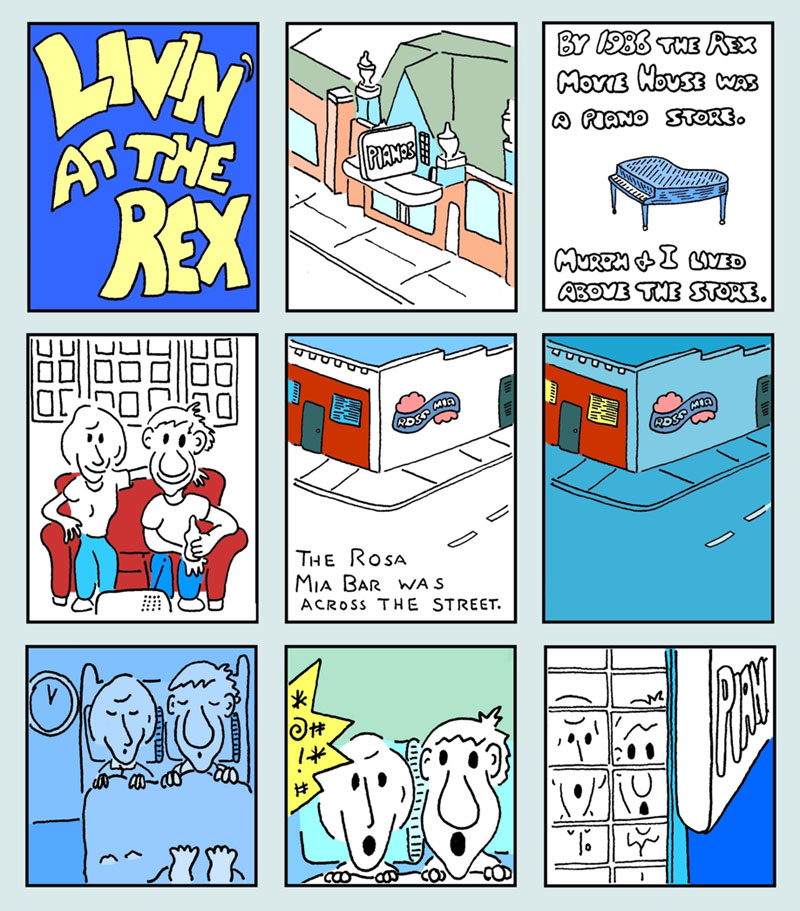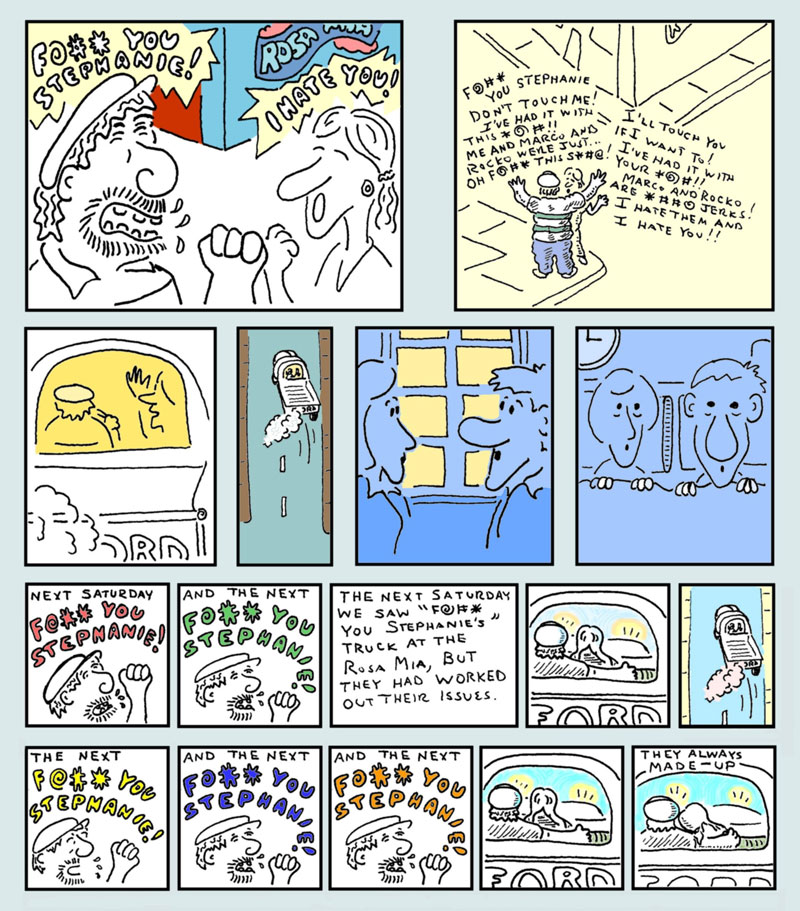I cannot read the gallery's xml file: /home/12842/domains/buckfifty.org/html/images/muddys/gallery.xml
Please check that the gallery's files have been created on the admin pages!
The Muddy’s idea began in 1975 as the brainchild of Joe DeRose. It started as a debating club for a few graduate students from Colorado University. They found a place in an old downtown hotel that was on the lower end of its declining years. It was a marriage of convenience—cheap rates, poor students. Too soon, urban renewal broke up this union, forcing the students to scurry about fifteen blocks up into north Denver, where they reopened.
The place quickly morphed into a bookstore that couldn’t support itself. In desperation they added coffee, then pastries and sandwiches and finally an old manual lever espresso machine. Although the birth canal had been strange, what emerged was a full-fledged Coffeehouse, “Muddy Waters of the Platte Inc.” It spent the next ten years surviving on a month-to-month lease, under the mainstream radar and against all odds.
It became a wildly successful “Bistro of the night,” open from seven in the evening until four in the morning, seven days a week. Along with the bookstore-coffeehouse, it added The Slightly off Center Theater, all in the same building. Now there was a place for Music, Plays, life-drawing classes and the piece de resistance, Muddy’s “Summers of Jazz Concerts.”
Muddy’s hosted all of the governors of Colorado and all of the Mayors of Denver from when it opened until it closed its doors in 1997. However, that was only a small part of Muddy’s patina, because it also caught the tail end of the “Beat” generation. Pontifical greats like Ken Kesey and Alan Ginsburg railed against man and machine in our confines.
Jack Micheline headed a list of great poets who spoke their lyrical prose on Muddy’s stage. Both the known and the unknown poet mixed pentameter and hexameter for all who would listen and then strode out the doors leaving their ambience behind.
What made Muddy’s worth writing about was not only who came and went, but also what happened to people while in its ethereal grasp. The real importance lay in its ability to expose people to each other by gently mixing together the grist of their characters, laying bare what was and wasn’t known about each other. It forced us to look at ourselves through the eyes of our contemporaries, some of whom had dared to live outside that damned mainstream box; showing us that social oxygen exists everywhere.
-excerpted from “Muddy’s Chronicles” by Bill Stevens
muddyschronicles.net
Author Bill Stevens will be signing copies of his new book, “Muddy’s Chronicles: Secrets of the last Great Coffeehouse” on Sunday, Dec 21 at 2 p.m at the Mercury Café. Admission is Free.
Mercury Café
2199 California Street, Denver
303-294-9258
www.mercurycafe.com



